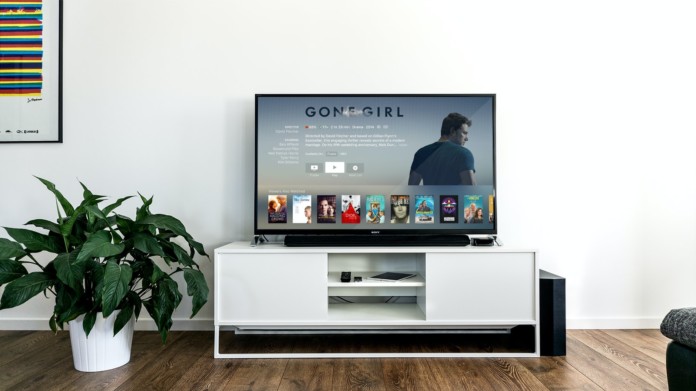With the rise in technology and streaming services, alongside the plummet of the cinematic film industry due to the negative effects of Covid 19, homeowners all across the globe are modifying their homes to set up a home theatre. This provides individuals with a cinematic experience without having to leave the comfort of their own homes, after all, this has most likely been their situation throughout lockdown stages of the pandemic, therefore, it only makes sense to amplify it. Setting up a toned-down cinema in your home is not always a simple process, and there are many factors to consider before creating your design plan of action. Stay put as we explain.
Room size
The size of the room you have selected for your cinema is a fairly important aspect as this depends on the proportions and size of the rest of the components that will be selected for the space. Make sure that when purchasing your projector or TV screen and seating, that you measure the dimensions to ensure that all items fit correctly and suitably. The most important thing to consider is the screen size as the distance and measures must not be too overpowering to the viewer as this can create eye and neck strain.
A TV screen or digital projector
Although common movie theatres use digital projectors for several reasons, this does not always need to be the route that you take for your home cinema. Have you ever wondered why your eyes aren’t strained when leaving a cinema although the screen is more than ten times the size of you? Well, this is due to the brightness being much lower than an LED TV screen would be. You may also need to consider the brightness of the room when choosing between a TV screen or a digital projector, as a projector will work best in dark surrounding lighting. This is why cinemas opt for the dark colour scheme, which also benefits as it sets an ambiance within the room. If your home cinema portrays a great deal of light through windows or bright coloured walls, perhaps a TV screen would be more suitable and vibrant for the space. Although a TV may work out more expensive in the beginning, there will be fewer upkeep costs than there would be with a projector. For the true cinematic experience, this will eventually need to be placed on the wall.
What content will you display?
There are a few different options for what your home cinema can show. You can either go down the route of streaming services or live TV. To watch live TV on a projector, you must have a cable box that connects to the projector via an HDMI cable. Alongside this, you must have a working TV aerial to receive service. Contact https://aerialandsatelliteexpress.co.uk for any aerial installation needs. To access streaming services through your projector, your best bet is to use an Apple TV device or gaming console, again connected through an HDMI cable to the projector. We would advise ensuring both of these options are available to access through your home theatre, especially if it is the main TV room in your home.
Loudspeakers
A loudspeaker may not always be necessary, however, for the full cinematic experience, we would advise investing in them. There is a variety of different speakers, that all offer separate qualities, so ensure that you do your research before investing as these can be pricey devices. Market-leading brands such as Sonos, Bose, and Sony offer specific soundbars and speakers that are accustomed to home theatres. Once your selected speaker has been purchased, it is important to ensure that it is placed in the most suitable area of the room and that the volume is at an ideal setting for viewers.
Lighting
Much like a movie theatre, try to keep your home theatre lighting at a minimum. Perhaps investing in downlights or wall lighting that can dim is your best option. This will ensure that the lighting doesn’t need to be too bright or in complete darkness before, during, and after your viewing.
Wall and floor colours
As explained, a public movie theatre will demonstrate dark colours within the screening room which is all down to the light that the projector displays. To set a comfortable, warm and homely atmosphere in your room, we would advise doing the same. Try to keep wall colours along the lines of black, red, burgundy, or brown. In terms of the floor, we would suggest keeping the flooring dark too, perhaps a dark wood or carpet would link in well with the wall colours.
Seating
To finalise the comfortable setting, you need to ensure that your seating meets your home cinema requirements too. There are several routes you can go down when selecting seating. For instance, you can opt for the classic cinema chairs with a cup holder on the side which also have the ability to recline, standard sofas, or even structured bean bag chairs. This is all down to you and there is no right or wrong answer when choosing the seating for your space. Depending on the style or design of your home cinema, make sure that the seating ties in, and is in proportion, then your home cinema will look great and be ready to function.




